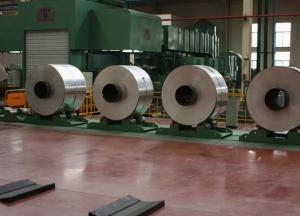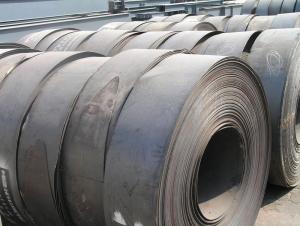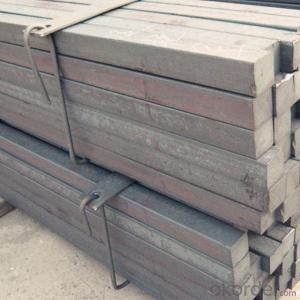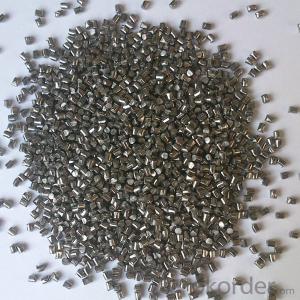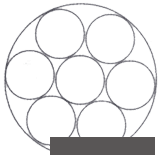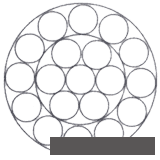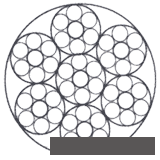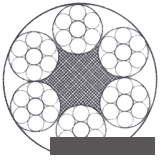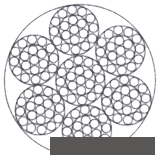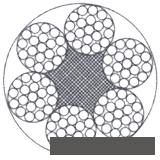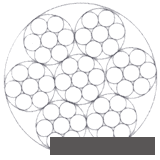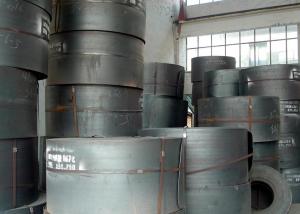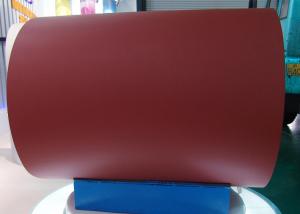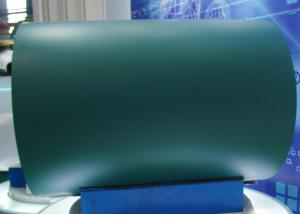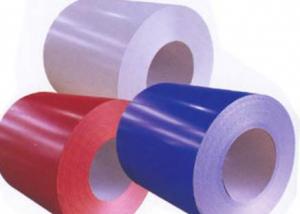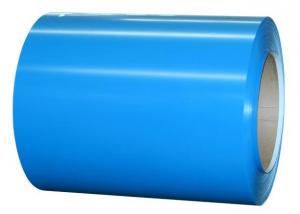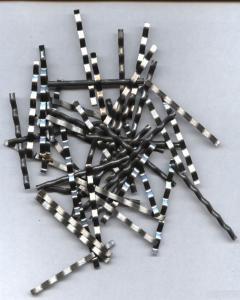STEEL WIRE ROPE FOR AREONAUTICAL
- Loading Port:
- China Main Port
- Payment Terms:
- TT or LC
- Min Order Qty:
- -
- Supply Capability:
- -
OKorder Service Pledge
OKorder Financial Service
You Might Also Like
| ||||||||||||||||||||||||||||||||||||||||||||||||||||||||||||||||||||||||||||||||||||||||||||||||||||||||||||||||||||||||||||||||||||||||||||||||||||||||||||||||||||||||||||||||||||||||||||||||||||||||||||||||||||||||||||||||||||||||||||||||||||||||||||||||||||||||||||||||||||||||||||||||||||||||||||||||||||||||||||||||||||||||||||||||||||||||||||||||||||||||||||||||||||||||||||||||||||||||||||||||||||||||||||||||||||||||||||||||||||||||||||||||||||||||||||||||||||||||||||||||||||||||||||||||||||||||||||||||||||||||||||||||||||||||||||||||||||||||||||||||||||||||||||||||||||||||||||||||||||||||||||||||||||||||||||||||||||||||||||||||||||||||||||||||||||||||||||||||||||||||||||||||||||||||||||||||||||||||||||||||||||||||||||||||||||||||||||||||||||||||||||||||||||||||||||||
- Q:How does steel plate rolling work?
- Steel plate rolling is a metalworking process that involves passing a heated metal plate through a set of rollers to shape it into a desired form. The rollers apply pressure to the plate, gradually bending it until the desired curvature is achieved. This process allows for the production of various steel plate products used in construction, manufacturing, and other industries.
- Q:What are the different types of steel rails and their applications in the railway industry?
- There are several types of steel rails used in the railway industry, including the following: 1. Light rails: These are commonly used in light-duty applications such as trams and light rail transit systems. 2. Heavy rails: These are used in mainline railways and high-speed tracks where heavy loads and high traffic volumes are expected. 3. Crane rails: These are specifically designed to withstand the heavy loads and constant movement of cranes in industrial settings, such as ports and construction sites. 4. Grooved rails: These rails have grooves or flanges on their surface to provide guidance for tram or train wheels, making them suitable for urban and suburban rail systems. 5. Guard rails: These are installed along the edges of railway tracks to prevent derailment and provide additional safety measures. 6. Switches and crossings: These specialized rail types are used at junctions, switches, and crossings to allow trains to change tracks safely. Each type of steel rail serves a specific purpose within the railway industry, ensuring efficient and safe transportation of passengers and goods.
- Q:What are the potential health hazards associated with working with steel products?
- There are several potential health hazards associated with working with steel products. One major concern is exposure to airborne particles and dust generated during cutting, grinding, or welding processes, which can lead to respiratory issues such as bronchitis or lung cancer. Additionally, steelworking may involve exposure to hazardous chemicals, such as solvents or paints, which can cause skin irritation or even systemic effects if absorbed into the body. Furthermore, repetitive motions involved in steelworking can contribute to musculoskeletal disorders like carpal tunnel syndrome or back pain. Hence, it is crucial for workers in this industry to take proper safety precautions, including the use of personal protective equipment and adherence to safe work practices, to minimize these potential health risks.
- Q:What are the different types of steel pipes and their applications?
- There are several types of steel pipes with different applications. Some common types include carbon steel pipes, stainless steel pipes, galvanized steel pipes, and alloy steel pipes. - Carbon steel pipes are widely used in various industries due to their strength and durability. They are commonly used in plumbing, construction, and oil and gas pipelines. - Stainless steel pipes are corrosion-resistant and widely used in applications that require high hygiene standards, such as food and beverage production, pharmaceuticals, and chemical processing. - Galvanized steel pipes are coated with a layer of zinc to prevent corrosion and are commonly used in plumbing, outdoor structures, and water distribution systems. - Alloy steel pipes are made from a combination of different metals to enhance their strength, temperature resistance, and other properties. They are used in high-pressure and high-temperature applications, such as power generation plants and petrochemical industries.
- Q:What are the different types of steel fasteners?
- There are several types of steel fasteners, including screws, bolts, nuts, washers, and rivets. Each type has its own specific function and design, making them suitable for different applications and industries.
- Q:How is steel wire used in the production of springs for automobiles?
- Steel wire is commonly used in the production of springs for automobiles due to its high strength and flexibility. The wire is shaped and coiled to create various types of springs, such as suspension springs or coil springs, which provide stability, support, and absorb shock in a vehicle's suspension system. The durability and resilience of steel wire make it ideal for withstanding the constant compression and expansion required in automotive springs, ensuring a smooth and comfortable ride.
- Q:How do steel products contribute to the construction of research laboratories and scientific facilities?
- Steel products play a crucial role in the construction of research laboratories and scientific facilities. They provide structural support and durability, ensuring the safety and integrity of the buildings. Steel beams, columns, and frames are commonly used to create large open spaces, allowing for flexible layouts and accommodating various equipment and machinery. Additionally, steel is resistant to fire, corrosion, and pests, making it an ideal choice for laboratories where hazardous materials and sensitive experiments are conducted. Overall, steel products are essential components in creating efficient, functional, and secure research facilities.
- Q:How are steel pipes used in oil and gas pipelines?
- Steel pipes are used in oil and gas pipelines due to their strength, durability, and resistance to corrosion. They serve as the primary material for transporting oil and gas over long distances, ensuring a safe and efficient flow. These pipes are laid underground or underwater and are capable of withstanding high pressure and extreme temperatures, making them essential for the energy industry's infrastructure.
- Q:Can steel be recycled? If so, how?
- Yes, steel can be recycled. The process of recycling steel involves collecting and sorting the steel scrap from various sources, such as old cars, appliances, and construction materials. After collection, the steel scrap is melted in a furnace to remove impurities. The molten steel is then cast into desired shapes, such as beams or sheets, and can be used to manufacture new steel products. Recycling steel not only conserves natural resources but also reduces energy consumption and greenhouse gas emissions compared to producing steel from raw materials.
- Q:How is steel plate produced?
- Steel plate is produced through a process called hot rolling, where a large slab of heated steel is passed through a series of rolling mills to gradually reduce its thickness and shape it into a plate. This process involves high temperatures, pressure, and various mechanical manipulations to achieve the desired dimensions and properties of the steel plate.
1. Manufacturer Overview |
|
|---|---|
| Location | |
| Year Established | |
| Annual Output Value | |
| Main Markets | |
| Company Certifications | |
2. Manufacturer Certificates |
|
|---|---|
| a) Certification Name | |
| Range | |
| Reference | |
| Validity Period | |
3. Manufacturer Capability |
|
|---|---|
| a)Trade Capacity | |
| Nearest Port | |
| Export Percentage | |
| No.of Employees in Trade Department | |
| Language Spoken: | |
| b)Factory Information | |
| Factory Size: | |
| No. of Production Lines | |
| Contract Manufacturing | |
| Product Price Range | |
Send your message to us
STEEL WIRE ROPE FOR AREONAUTICAL
- Loading Port:
- China Main Port
- Payment Terms:
- TT or LC
- Min Order Qty:
- -
- Supply Capability:
- -
OKorder Service Pledge
OKorder Financial Service
Similar products
New products
Hot products
Related keywords




